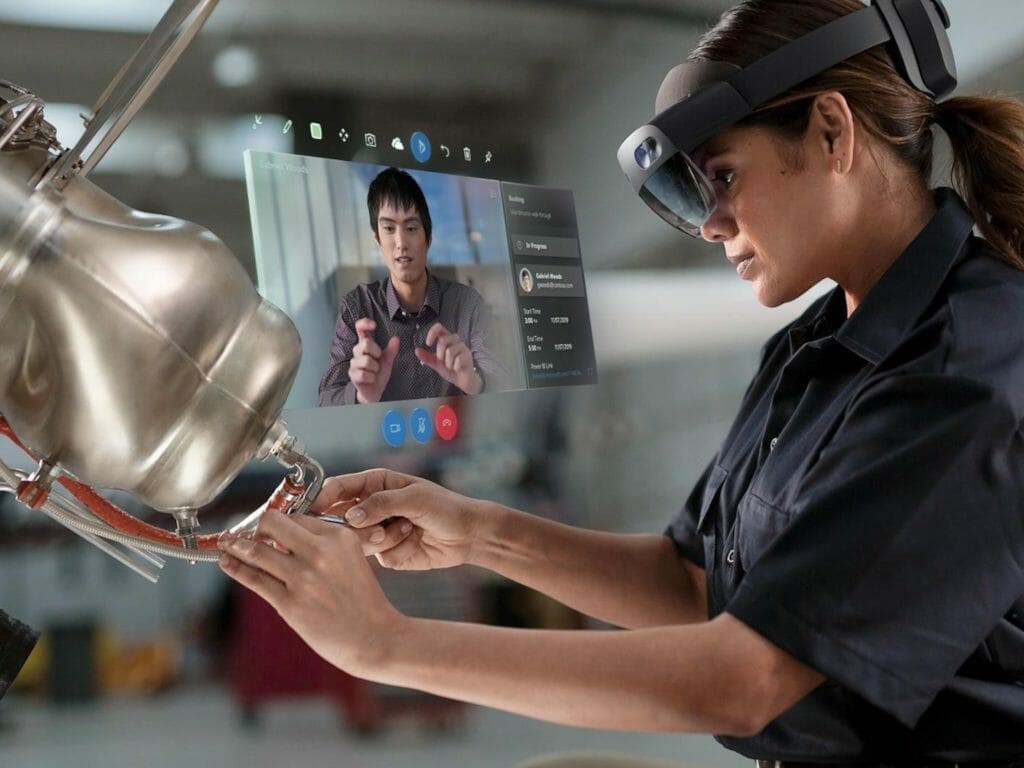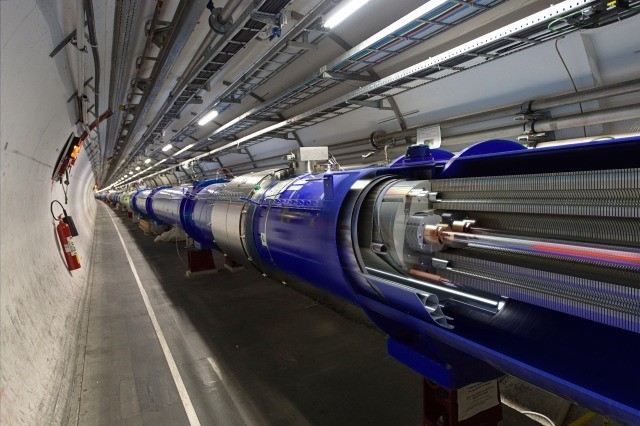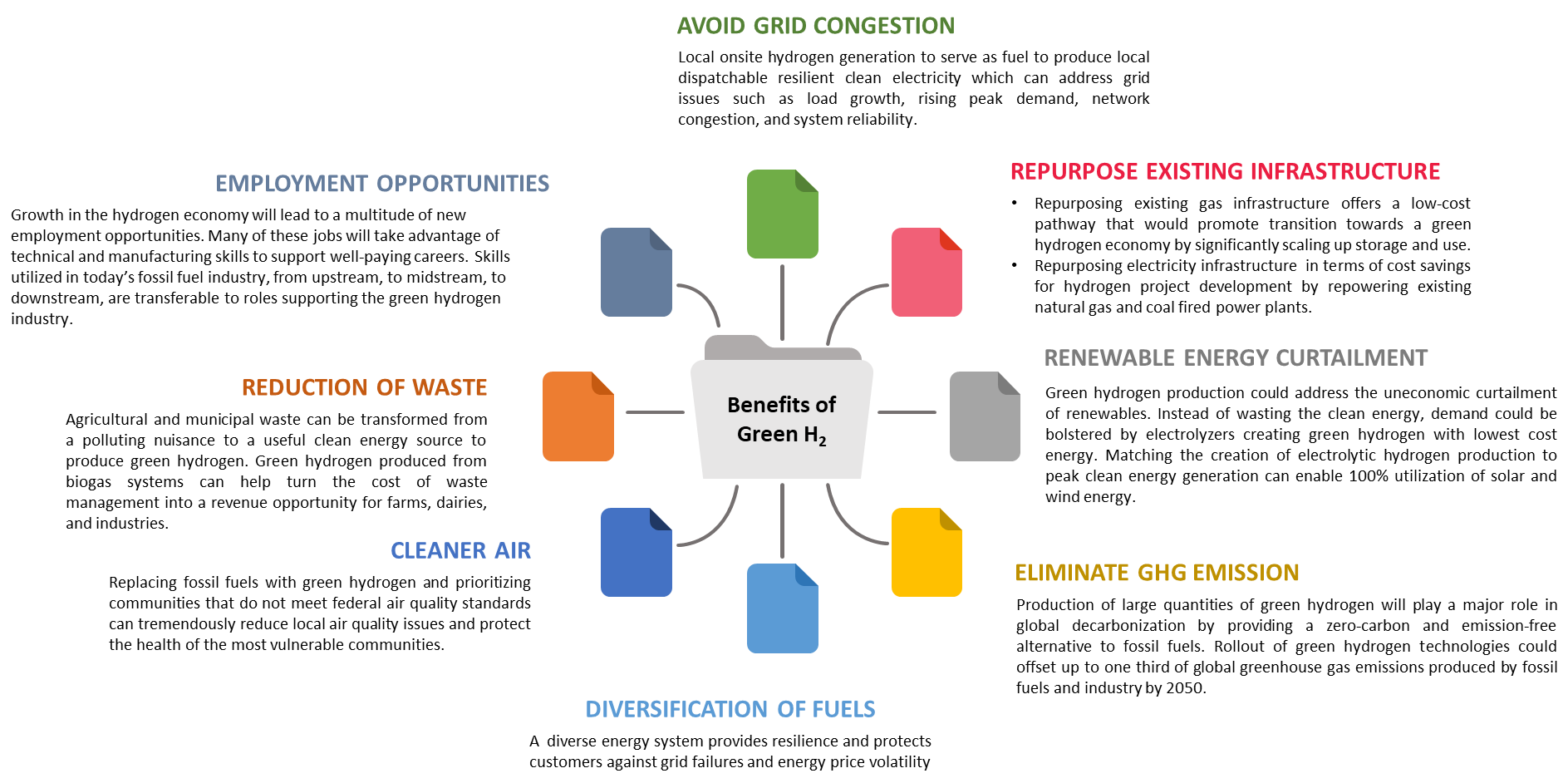Have you ever considered about what motivates artificial intelligence programmes like Tony Stark’s JARVIS or the common man’s Alexa, Google Assistant, or Siri? These programmes can answer your calls and help you make decisions, but have you ever wondered what motivates them? In what ways does their brain operate? The application of Artificial Intelligence (AI) and Machine Learning is the straightforward response to each and every one of your questions (ML). The mechanical brains are controlled by artificial intelligence, which attempts to simulate human intellect so that they can perform like a human brain. With more and more research being done on AI and ML, there is the potential for AI and ML to assist in training computers to make decisions on their own, which will eventually make our lives easier by reducing the amount of work we have to perform.
This article, which was meticulously researched and penned with the intention of depicting the future reach of AI and ML in India, was created with the goal of assisting students in understanding how this subject will be advantageous to them if they decide to pursue it.
The potential applications of artificial intelligence in India are still in the process of being adopted, but the technology is gradually being put to use to find intelligent solutions to modern problems in almost all of the country’s most important industries, including agriculture, healthcare, education and infrastructure, transportation, cyber security, banking, manufacturing, business, hospitality, and entertainment. Readers who are interested in pursuing a course in artificial intelligence can find helpful information in this article. Candidates will gain some insight into the potential of artificial intelligence in India if they read this article and consider its contents.
Scope of AI in India
Both artificial intelligence and machine learning have a promising future in India and an immense potential to alter every area of the economy for the benefit of society. Artificial intelligence and machine learning have a bright future in India. AI is an umbrella term that incorporates a variety of helpful technologies, such as self-improving algorithms, machine learning, pattern recognition, and large amounts of data. Soon, there will not be a single business or market segment in India that is immune to the effects of this powerful instrument. This is one of the reasons why there is a growing demand for online courses in artificial intelligence in India.
Scope of AI and ML in Education Sector
By utilizing a variety of AI applications such as text translation systems, real-time message to speech, automating mundane and also repeated tasks such as taking presence, automating grading, and also customizing the learning journey based on ability, comprehension, and also experience, artificial intelligence can help our instructors be more effective. Within the purview of Artificial Intelligence education and learning is the consideration of the prospect of utilizing AI-powered rating machines that are able to evaluate solutions in an objective manner. This is being carried out in college and university settings in a step-by-step fashion. Real-time text-to-speech synthesis and text translation are two further AI-based applications in the educational sector.
The Role of AI and ML in the Development of Chatbots
The combination of chatbots in the digital framework or availability via the IVRS system education domain can be transformative in a country as diverse as India. They can be educated on the subject matter, and a large percentage of the students’ doubts can be answered quickly. This reduces the current workload of educators, allowing them to focus on more creative tasks.
The Integration of AI and ML into the Automated Grading System
On a more global scale, methods of machine learning such as Natural Language Processing could be used for automated grading of assessments on systems such as E-PATHSHALA, SWAYAM (Study Webs of Active Learning for Young Aspiring Minds), and DIKSHA. This would apply not only to inquiries that are subjective but also to those that are objective. This is because of the National Education Policy 2019, which places an emphasis on computer and internet literacy.
The Role of AI and ML in the Healthcare Industry
The healthcare industry in India is one of the most rapidly developing and competitive markets in the world. There is a dearth of doctors and services, including competent nurses and technicians, as well as infrastructure. This is one of the primary issues, but there are many others as well, including affordability and accessibility. As a result of the majority of high-quality medical facilities in India being situated in close proximity to tier 1 and tier 2 cities, access to healthcare in India is not uniformly distributed across the country physically. Aside from that, as Artificial Intelligence develops, there will be an increase in efficiency, which will lead to a reduction in the overall cost of medical treatment.
Because AI is able to process vast volumes of data in a short amount of time, it can be of assistance in the creation of medical equipment, as well as in design and innovation. Having a system that is enabled with AI helps to eliminate medical errors and increases overall productivity. Artificial intelligence has the potential to both circumvent access barriers and provide a solution to the accessibility problem by applying early detection followed by suitable diagnostic conclusions.
AI and ML in the Agriculture Sector
In India, agriculture is a major source of income for many people. Traditional farming methods pose a slight challenge for Indian farmers. Thermal imaging cameras can be used to continuously monitor agricultural land to ensure that plants receive adequate water. When it comes to selecting the right crop and the optimum method of sowing, this tool can help you get the most out of your land and save money.
As a result, improved insect control preparation can benefit from the application of artificial intelligence to predict behaviour and investigate parasites. Artificial intelligence-assisted anticipating modelling can be effective for delivering more detailed demand-supply details and for predicting the needs of farmers in terms of agricultural produce.
Automated Vehicles Using AI and ML
In the transportation industry, artificial intelligence offers a lot of potential. Artificial intelligence (AI) has the potential to be useful in a few specific contexts. Since its invention in 1922, autopilot has been used to keep ships, planes, and spacecraft on course. Self-driving cars are another field of research. Self-driving automobiles are being researched by companies around the world, including India. The use of artificial intelligence and machine learning has been prevalent in the design of these automobiles from the beginning. Self-driving cars, according to experts, will have various advantages, such as reducing pollution and eliminating human error from driving.
Artificial Intelligence and Machine Learning for a Smart Home
We are surrounded by artificial intelligence. Most of the time, we don’t even realize we’re interacting with devices powered by artificial intelligence. As an example, we routinely use OK GOOGLE, ALEXA, or CORTANA to execute a variety of chores by simply speaking to them. Artificial Intelligence and Machine Learning are used by these intelligent assistants for voice recognition. Learning from the user’s commands improves their productivity. You may ask a question, play a song, and buy anything online all with the help of this clever assistant.
Applied Artificial Intelligence and Machine Learning in Cybersecurity
Cybersecurity is another area where AI is being applied. Many companies have to deal with a lot of data. A security system is required, for example, in the banking industry or government entities that maintain vast databases containing the personal information of citizens. An good example of this topic is Cognitive Artificial Intelligence (CAI). Additionally, it helps analysts make better judgments by detecting, analysing, and reporting on hazards.
Machine Learning formulae and Deep Learning networks are used to improve and strengthen the AI over time. As a framework and central point of control for safety and security responses, IBM Resilient is an open and agnostic platform.
In the Manufacturing Industry, AI and ML
The industrial sector is a popular target market for AI-based firms from India. In order to assist the manufacturing industry flourish, these companies are developing AI-based solutions. Various types of robots are controlled by artificial intelligence in the workplace. The ability to examine data and forecast the future is a unique AI technology.
Using this AI capabilities, companies may estimate future supply and demand based on data from prior years’ sales or market surveys, allowing them to make faster decisions and better use of existing products. Artificial intelligence (AI) will be widely used in manufacturing in the future years.










![Figure 1: Annual water requirement of Green Hydrogen production relative to Earth’s water resources. [Source: https://www.sciencedirect.com/science/article/pii/S1464285921006581]](https://s3-ap-south-1.amazonaws.com/ricedigitals3bucket/AUPortalContent/2022/07/20173957/1111.png)






